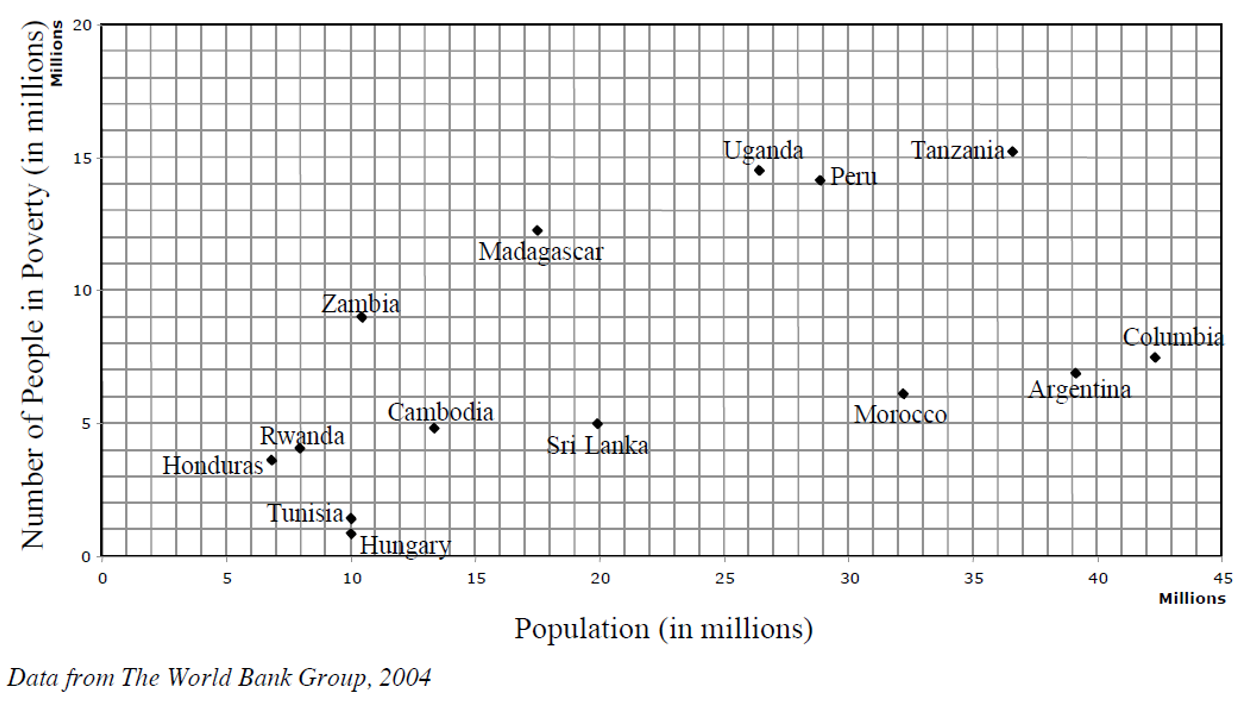“No!! Tanzania will end you!”
Bringing debate to math
It’s far too rare for math teachers to see students jumping out of their seats. Too many people assume that English and social studies classes are where the real fun can happen–full-tilt debates, discussions, socratic seminars, philosophical chairs, spoken word, etc. Those people forget how powerful numbers can be. When deciding how things work and who gets what, we very, very often use numbers to structure our logic.
Take the United Nations. As part of its mission to achieve development for all, the UN offers resources to countries with lots of individuals in poverty. Sadly, it doesn’t have enough money to give every country what it needs. That leaves it with a question: How should it allocate its resources? How should it decide which countries get support and how much support they should all get?
Enter the foreign aid debate
In this debate, the class breaks up into teams. Each team represents a country. Most of these countries may be eligible for aid. Two of these countries are donor countries, which will not receive aid.

Using this scatter plot, students need to:
- First, agree on a linear inequality that determines which countries will be eligible for aid (i.e. to create a line that runs through the graph through or below all eligible countries).
- Second, agree how to allocate the aid among eligible nations.
To reach an agreement, a majority of nations must agree and at least one donor country must support the vote.
Find the activity here: Foreign Aid Debate.
Implementation
- Introduction: Introduce the assignment (background on the U.N., the aid process, etc.) and organize the groups.
- Pre-work: Using the pre-work sheet as a guide, consider the situation your country is in, what position you want to take, and who you might want to ally with.
- Debate: Set expectations, then let the games begin. I found it critical to structure the debate sequentially, answering the first question (who gets aid) before moving on to the second question (how much recipients get). I also found it very helpful to begin by having countries draw their desired formulas on a projected scatter plot to keep everyone on the same page. As you see good opportunities, feel free to impose a 2 minute recess to fuel behind the scenes negotiations!
- Reflect: If executed well, students will have reached sound agreements grounded based on mathematical formulas. At minimum, the math will include inequalities and ratios (e.g. per capita distribution of aid). This is a point when you can reflect not just on how this lesson went, but on where else we may use math to draw the line to determine who gets what.
Extension: Have students choose a new example of drawing the line, write a formula to determine where the line should be, and justify why that line is best.
If you have a 90 minute period, you can do this in one day. If not, I suggest introducing it during the second half of the prior day, then beginning the following class with the debate!
Let me know if you have any questions, suggestions, or requests!
